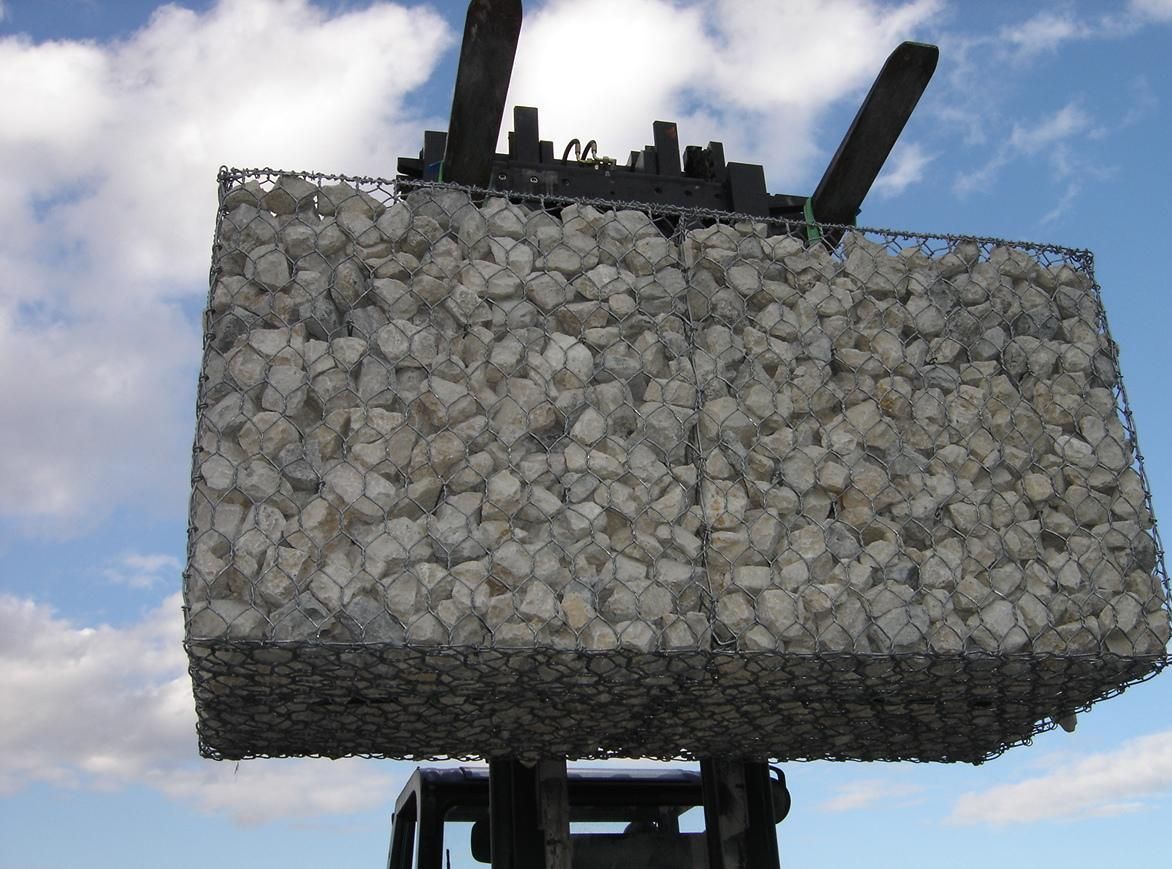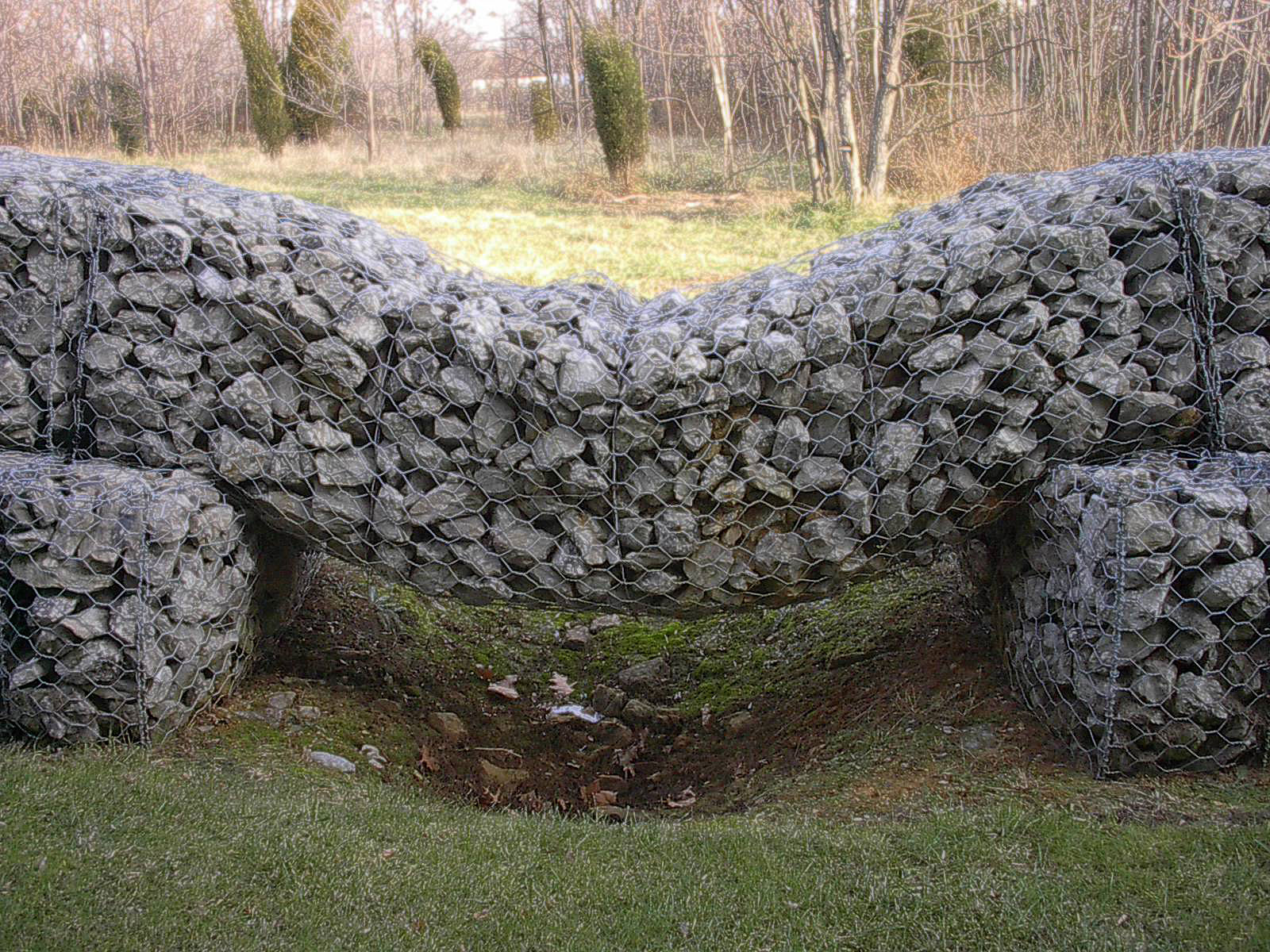Comprehensive Utilization is the efficient use of whole plants based on the components and characteristics of different parts of fruits and vegetables, so that the useful components contained in each part of the raw materials can be fully and reasonably used. Through the comprehensive utilization of technology, it can be used as a useful tool, and it can be used as a big tool, and it can be used as a multi-purpose tool. Not only can it reduce its pollution to the environment, but more importantly, it can obtain a large number of biologically active substances from these abandoned biological resources, so as to realize the gradient processing and value-added and sustainable development of agricultural raw materials, and increase economic and ecological benefits. .
â– Utilizing high technology to rationally develop fruit and vegetable resources In recent years, the world's food processing technology has become more advanced, and the research and application of new processing technologies and equipment has developed rapidly. Instant high temperature sterilization, vacuum concentration, microencapsulation, membrane separation Technology, microwave technology, vacuum freeze-drying technology, ultra-high pressure technology, ultra-fine grinding technology, supercritical fluid extraction technology, expanded extrusion technology and related equipment have been widely used in the field of agricultural products processing. Through high technology, it is possible to extract and separate effective active ingredients from some fruit and vegetable skin dregs, and use advanced detection and experimental methods to study its function.
In the processing of apple juice, approximately 400 kg of scrap is produced for each ton of apple processed. The main components of apple dregs are kernels, fruit stems and pericarp. Apple pomace contains sugar, cellulose, pectin, organic acids, etc. It also contains vitamins, minerals, vitamins and other nutrients. The U.S. is an early researcher on the comprehensive utilization of fruits and vegetables. In October 1987, the U.S. government invested 15 million U.S. dollars to complete the apple comprehensive utilization system. The apple skin dregs are subjected to solid fermentation to produce ethanol, and A-nigerN-RRL597 strain is used to ferment and produce citric acid. 90 grams of citric acid are produced per kilogram of wet residue, and the remaining residue is used to produce cellulose for the development of high-fiber foods. Apple dregs can also extract pectin.
The citrus peel contains pectin, hesperidin, tangerine oil, orange pigment, and trace elements such as phosphorus, potassium, calcium, and iron. Orange oil can be used as a food and cosmetic flavoring agent; the main component of orange pigment is carotenoid, which can be applied to the coloration of beverages and solid foods; pectin is a polysaccharide derivative and can be used as a thickening stabilizer for foods; orange peel Radon has the effect of maintaining the normal osmotic pressure of blood vessels, reducing the brittleness of blood vessels, and shortening the bleeding time. In addition to extracting these useful chemical components from citrus peel, citrus peel can also be used to produce foods such as oysters, jams, and jellies, as well as fermentatively producing ethanol and methane.
Kiwifruit has its use value in all plants, and the earliest countries that have comprehensively developed and utilized kiwifruit are New Zealand. Kiwifruit skin dregs can be used to extract proteolytic enzymes, which are used to prevent turbidity when beer cools. They can also be used as meat tenderizers and as digestive agents and enzyme preparations in medicine. Kiwifruit skin dregs can also be used to extract oils; citric acid can be produced by solid state fermentation and can be used for winemaking.
In addition, foreign countries also have some research results in the comprehensive utilization of other fruit and vegetable raw materials. For example, the United States uses the amygdalin contained in the stone kernels to produce almond essence; the ginger by-products are used to extract ginger protease for curd; and tomato lycopene is extracted from tomato peels for the treatment of prostate diseases. Japan will grind asparagus residue after grinding into a fine powder, as a food filler added to the biscuit, increase crispiness and nutrition, add in the toffee to enhance flavor and nutrition; the carrot residue processed into orange-red vegetable paper Can be used for colorful food packaging, but also can be eaten directly.
â– Domestic beverage companies should take the road of sustainable development The annual output of various types of fruits in China has exceeded 50 million tons, and the output of vegetables ranks first in the world. There are also many varieties that can be processed into beverages. More and more research shows that fruits and vegetables processed products can provide us with rich nutrition and health care functions. In addition, fruit and vegetable processing waste and leftovers also contain valuable assets that can not be ignored. They can be used as raw materials for health products, have no odor, are easy to accept, have rich sources, are inexpensive, and have no toxic or side effects. However, they have not been well utilized for a long time. In the case of grapes, about 20% to 30% of the skin dregs are produced during the processing of grape juice, and most of them are dried by farmers and used as fuel. In recent years, some people have tried to crush it for feed, but due to improper formulation, the effect is not ideal. At present, the extraction of tartrate from grape dregs and the extraction of glucose oil have been studied. Research shows that grape skin dregs is rich in natural antioxidants, such as polyphenols, extraction of natural antioxidants has also become a hot spot for comprehensive utilization of grape dregs, and has received extensive attention in the food, health care products and pharmaceutical industries. Therefore, relevant state departments and enterprises should increase investment, increase research on the comprehensive utilization of fruits and vegetables, and constantly open up new ways of utilization.
China's beverage companies have low scale and brand concentration. There are thousands of small and medium-sized enterprises in China. These enterprises have small production scale, high production costs, outdated equipment, and backward technology, and do not have the strength to comprehensively utilize fruit and vegetable processing waste. From the perspective of the world's development trends, sustainable production methods and the implementation of zero-emissions are increasingly valued by countries and well-known large companies. The so-called Zero Emissions (Zero Emissions) refers to the zero-discharge of water, air, and soil as a result of industrial production activities. The goal is to build a recycling industry. Japan began researching and developing a zero-emission system in 1998. Organic waste (including organic waste after freeze-concentration and organic solid waste produced during processing) is fermented with lactic acid to make crude lactic acid. Then lactic acid is purified and finally polymerized into a biodegradable plastic—polylactic acid. This plastic has the same physical properties as ordinary plastics but can degrade in nature without causing residual contamination. In the past, such plastics had hindered popularization due to high raw material prices. Now, using organic wastes as raw materials can greatly reduce costs.
After China's accession to the WTO, domestic enterprises will be on the same starting line with world-renowned brand companies. It will be more than just products that will accept the challenge. How to maximize the utilization of fruit and vegetable raw materials and regenerative capacity and reduce pollution to the environment will become The development of a very important part of the fruit and vegetable processing industry should cause the relevant departments to attach great importance to it.
Hexagonal wire gabion, also known as stone cage, are made of Hexaonal wire mesh panel. Hexagonal wire gabion can be connected with other similar containers and filled with stone to form flexible and permeable structures for retaining of riverbank and soils.This kind of wire mesh containers are uniformly welded and can be supplied of various sizes.


Finishing
Ÿ(1) Heavily galvanized
Ÿ(2) Heavily galvanized and PVC coated
Ÿ(3) Galfan coated
Ÿ(4) Galfan coated and PVC coated
Specification of Gabion
|
Standard Size (L x B x H/m) |
Mesh Size/ mm
|
Body Wire/ mm
|
Selvedge Wire/ mm
|
Lacing Wire/ mm
|
|
2.0 x 0.5 x 0.5 2.0 x 1.0 x 0.5 4.0 x 1.0 x 0.5 1.0 x 1.0 x 1.0 2.0 x 1.0 x 1.0 4.0 x 1.0 x 1.0 2.0 x 1.5 x 1.0 6.0 x 2.0 x 0.5 |
60 x 80 80 x 100 100 x 120 |
2.0 2.7 3.0 3.4 |
2.4 2.7 3.0 3.4 3.9 |
2.0 2.2 2.4 |
Specification of Mattress
|
Standard Size (L x B x H/m)
|
Mesh Size/ mm
|
Body Wire/ mm
|
Selvedge Wire/ mm
|
Lacing Wire/ mm
|
|
6.0 x 2.0 x 0.17
6.0 x 2.0 x 0.23 6.0 x 2.0 x 0.30 |
60 x 80 80 x 100 100 x 120 |
2.0 2.7 3.0 3.4 |
2.4 2.7 3.0 3.4 3.9 |
2.0 2.2 2.4 |
Hexagonal Wire Gabion, Heavy Duty Wire Mesh, PVC Coated Gabion Box, Heavy Zinc Coated Gabions, PE Plastic Hexagonal Wire Gabion Box
DINGZHOU TIAN YILONG METAL PRODUCTS CO., LTD. , https://www.wiremeshsolution.com